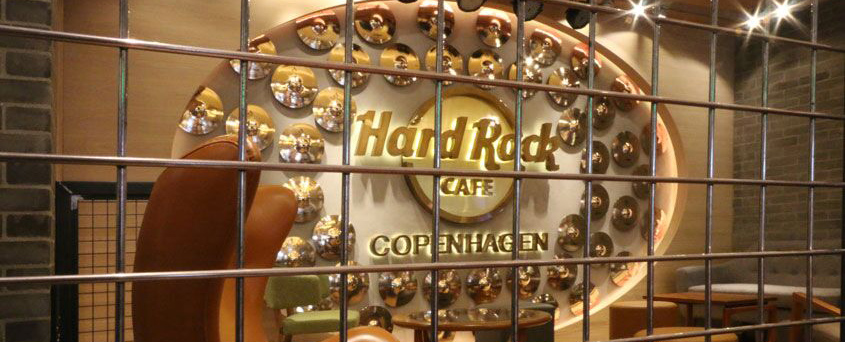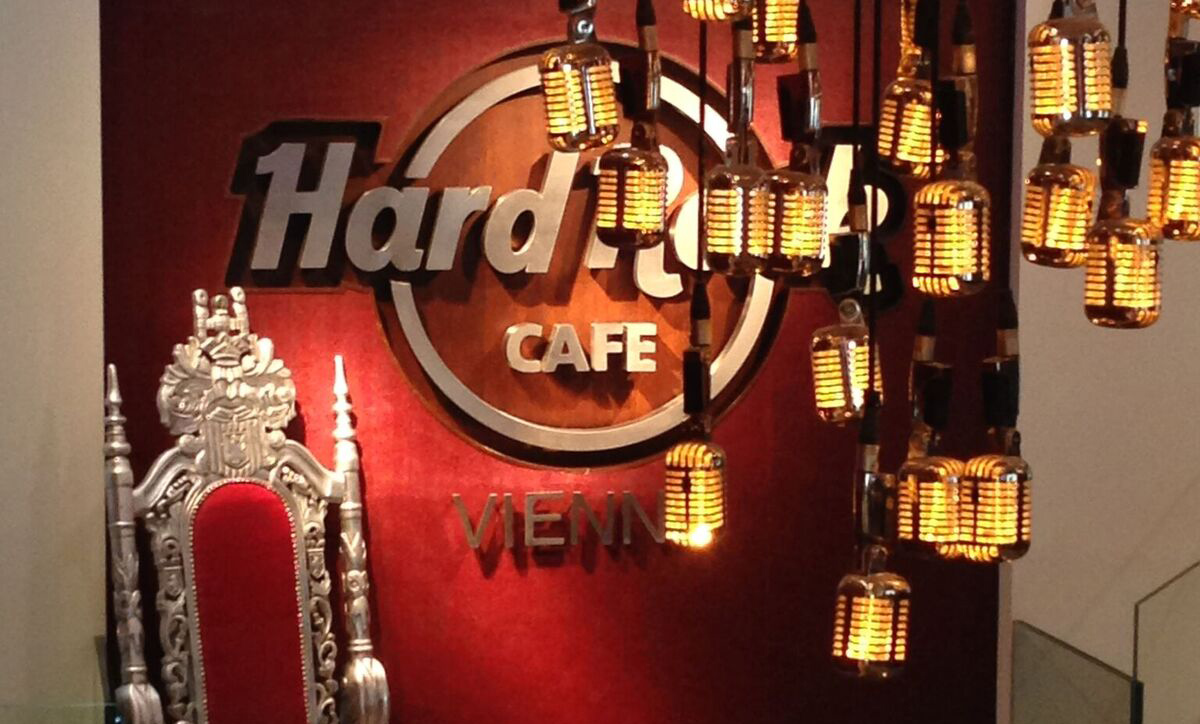Hard Rock Cafe – Seville, Spain
Hard Rock Cafe, Seville, is located in a beautiful listed building in the heart of the city. Technical Arts worked alongside Fuse Studios to create an aesthetically pleasing and sy
Hard Rock Cafe – Copenhagen, Denmark
The previous Cafe has served its last customer and the staff have now moved 300m to the brand new Hard Rock Cafe, Copenhagen in the City's Central Square.
Hard Rock Cafe – Vienna, Austria
The latest Hard Rock Cafe opened its doors in the heart Vienna. The Cafe has so far been roaring success and Technical Arts was delighted to be asked by Fuse Studios and Hard Rock
Hard Rock Cafe – Venice, Italy
A stand alone Rock Shop next to the Rialto Bridge in Venice, Italy. Boasting incredible views, this Rock Shop was designed with it's location in mind.



